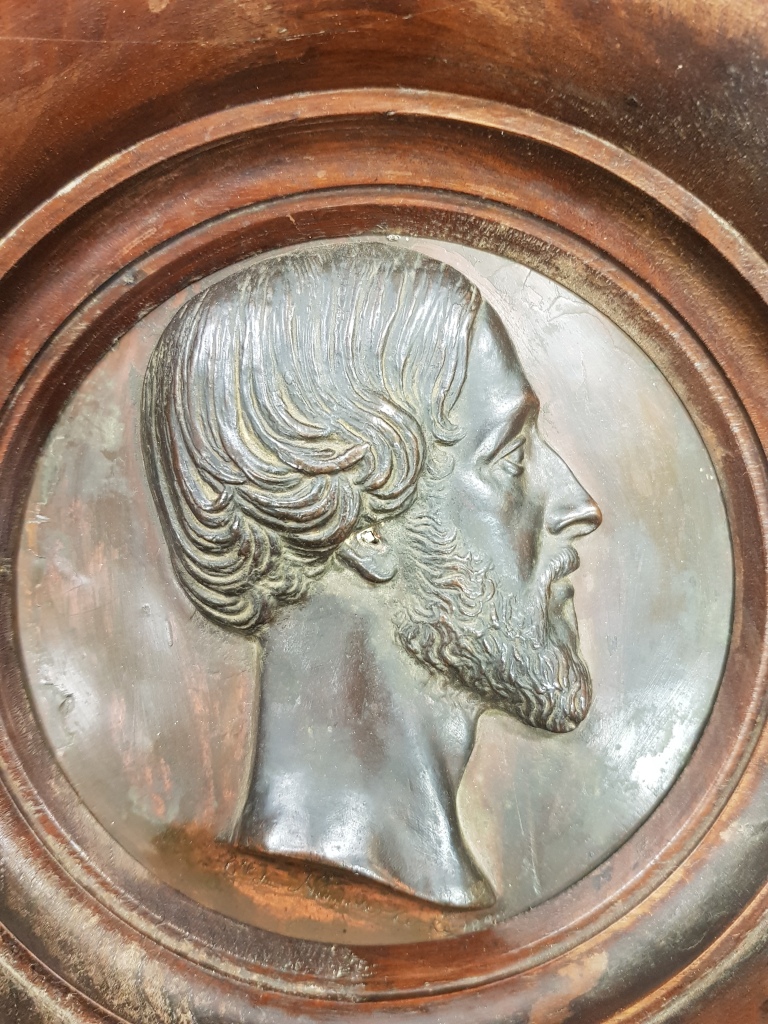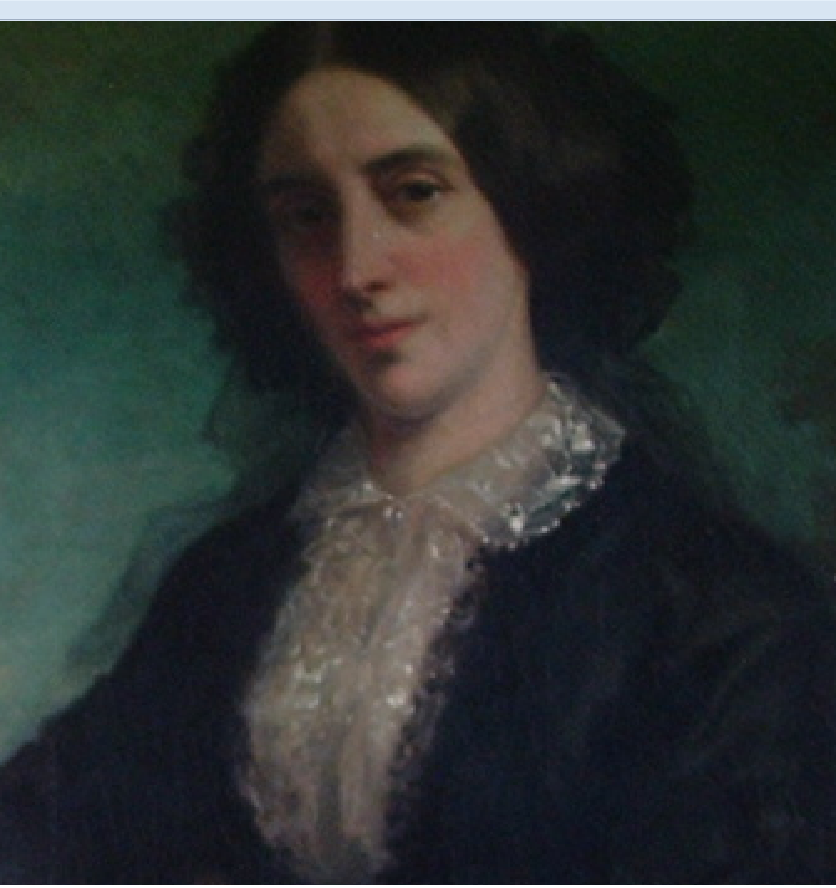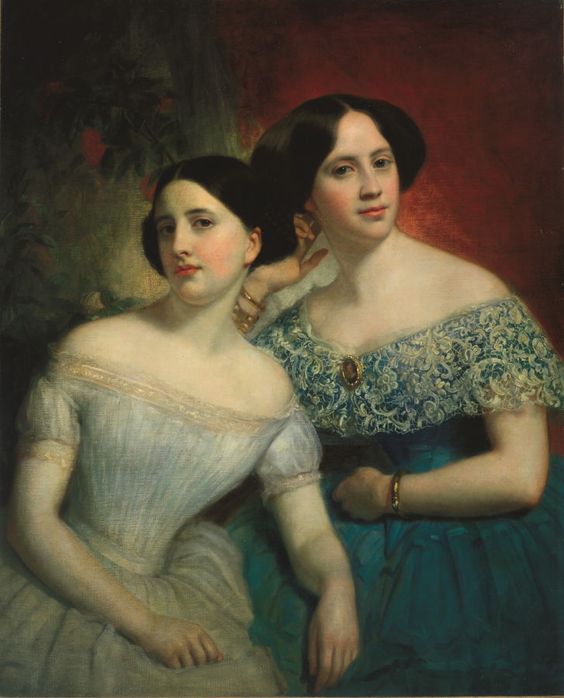Old William Jauncey, Jane Mary’s uncle and legal guardian, deserves some space in this large family story. He was the source of Herman and Jane’s great wealth, and the reason that they made many decisions in their early married life. Because of his disapproval, they eloped. And his desire to control who inherited his money, saw the oldest boy, William Jr, sent to Oxford (St John’s College), where he subsequently died after falling from a horse. Herman and Jane lived in his house in the very early years of their marriage and apparently the men never spoke to each other or sat at the same table.
William Jauncey had himself inherited money, from his father James, but he also knew how to make it. He owned a significant amount of property in lower Manhattan on Broadway, in Pearl, Water, and Wall Street, as well, of course, as Apthorpe Farm on the Upper West Side.
A tax list of 1822 gives him living at 24 Broadway: house, $28,000 ($600,00 in today’s currency); personal wealth, $120,000 ($2.5 mill). In 1825 William Jauncey, at 25 Wall Street, boasted that his house was worth at least $8,000 ($200,000).
According to John Pintard, William was set on his niece marrying one of Colonel Barclay’s sons, though I’m not sure which one, and so far have not found out a lot about the Barclay’s other than they were Torys: Henry Barclay was one of the three Barclay brothers, sons of Thomas Barclay, British Consul General to the Eastern States, appointed after the War of 1812. The firm of Henry and George Barclay began business soon after the War; in 1824 Schuyler Livingston was taken in as a partner. The firm were the agents of Lloyds.
I’ve mentioned in an earlier post that William’s life was supposedly saved by the Colonel when he carried him free of a house fire. Again this was only anecdotal.
William was very involved in the business life of New York city, and was a member of various boards and comittees. This included being: a member of the New York Chamber of Commerce, Society of the New York Hospital, Free School Society of New York, and a trustee of the land that became St. Michael’s Church.
The sixth building from Broad Street, next to the Hamilton-Verplanck site, is the old Ludlow mansion. Originally it was No. 56, now 35. After an occupancy of twenty-five years or more by the Ludlow family it was given over to business about 1815 and in 1839 became the first home of the American Exchange Bank. In the same year it contained the general office of the New York
& Harlem Railroad Company, and at the period of the view (about 1830) Ephraim D. Brown, broker, Archibald G. Rogers and William Van Hook, attorneys, and Joseph Staffler, merchant, had offices in the building. Adjoining the Ludlow house on the east is shown the Jauncey residence, built by William Jauncey soon after the Revolution. After the Jaunceys moved to 24 Broadway in 1815 or ’16, the house contained the picture gallery of M. Paff, better known as “Old Paff,” and the
stationery store of Henry J. Megarey, who in 1834 published views of South Street, Broadway and Fulton Street, which are now rare and highly prized.
















Leave a comment